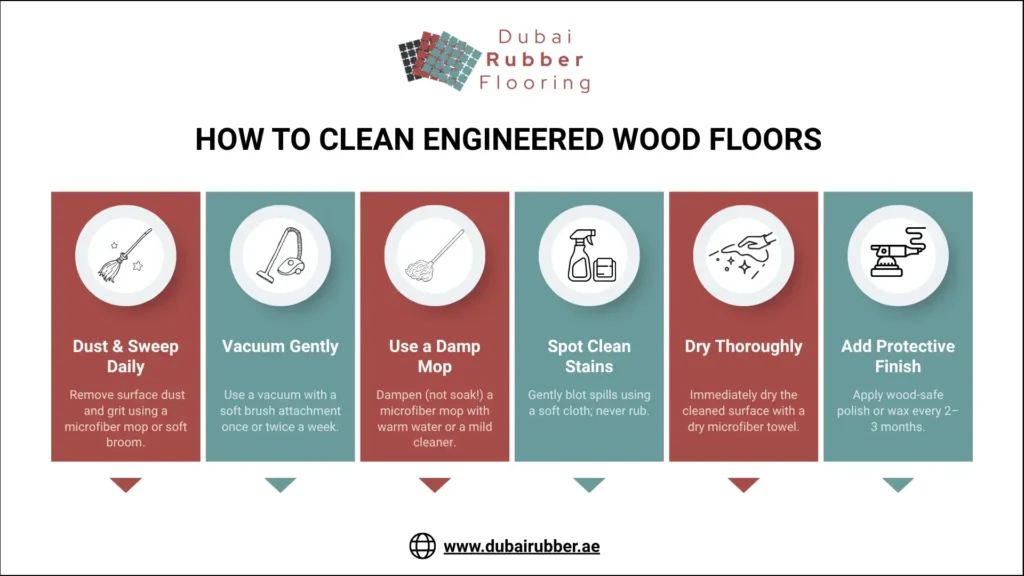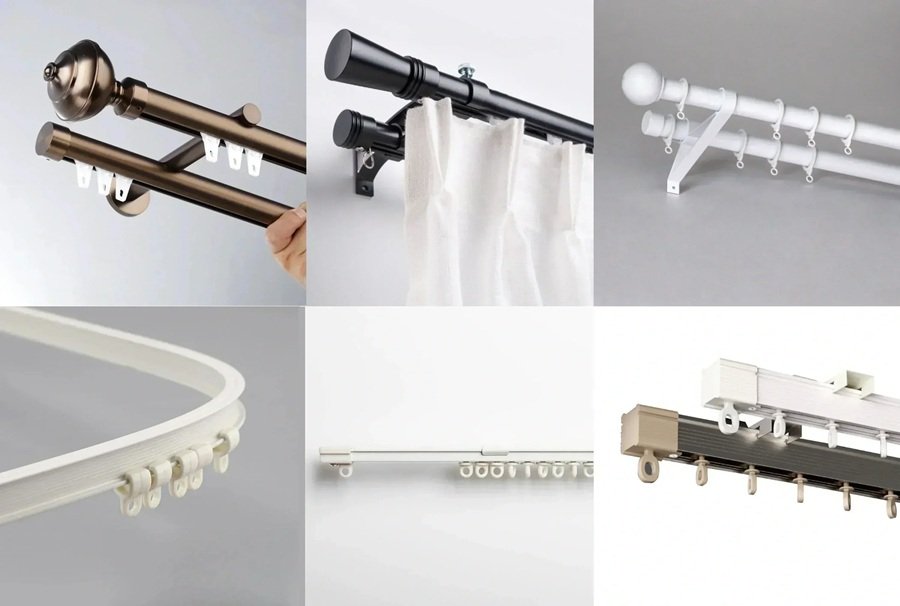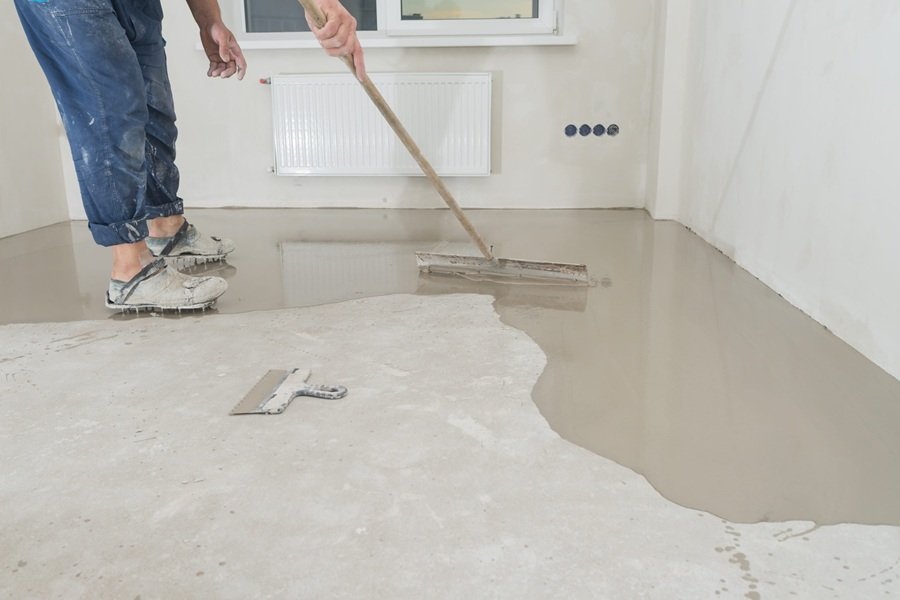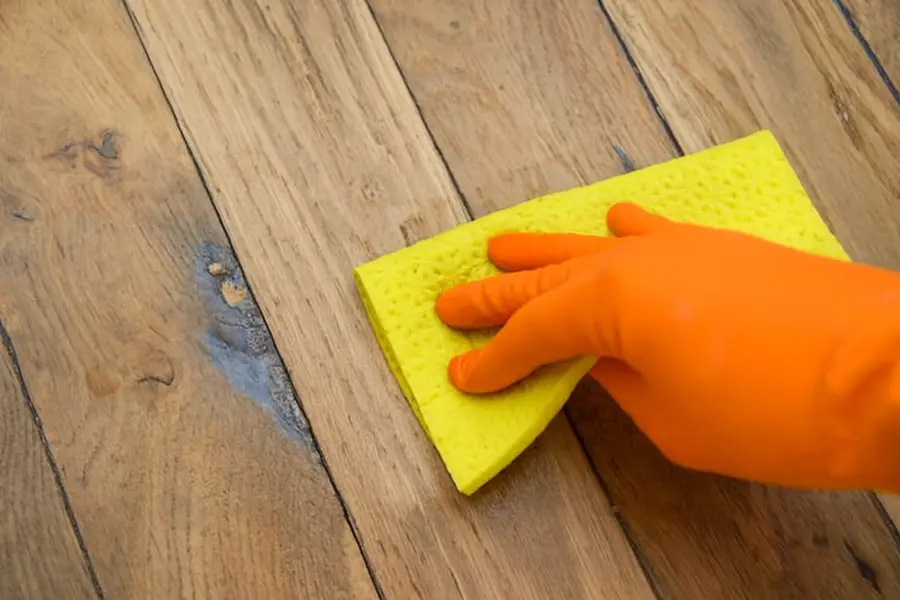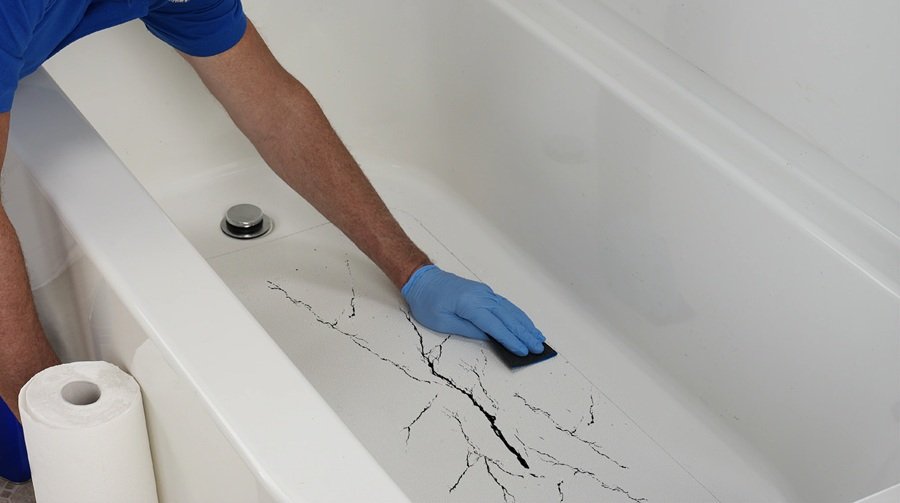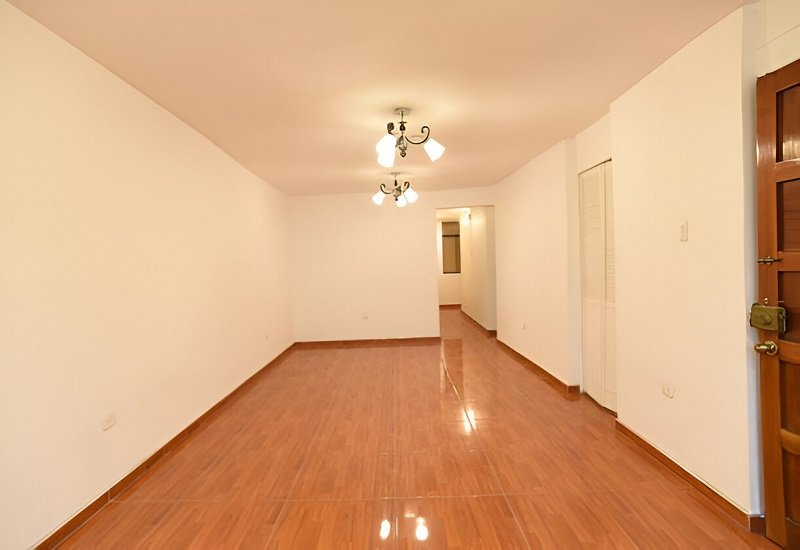Engineered wood flooring requires somewhat different cleaning techniques than hardwood & laminate tiles. This flooring has approximately a 6.6% CAGR in the flooring market of the UAE (Future Market Insights reported). This insight shows the increasing trend of man-made engineered wood in the Middle East. You want these floors in your home, but you go blank when it comes to maintenance is in question.
No doubt, these floors are beautiful, but they also stain quite easily. Dubai Rubber brings you a thorough guide to maintaining your engineered wood flooring. This guide encompasses everything that you need to keep your wood floor surface clean. We also uncovered an effective weekly, monthly, and yearly cleaning schedule for your homeowner’s convenience.
Engineered Wood Floor Surface Cleaning— A Step-by-Step Method
Let’s talk about the superficial cleaning of this engineered wood flooring. First, swell the floor completely. After that, follow these steps to clean the floor completely.
- Inspect the floor completely.
- Remove the sticky spots with a damp cloth. Do not use a wet cloth.
- Damp the mop with a mild cleaner and warm water. Use this to mop the floor.
- Avoid puddling of water on the floor surface.
- Buff the floor after cleaning.
This routine is the best for the monthly cleaning. This would make your yearly maintenance way easier.
How To Remove Stains From Engineered Wood Floors
1. Water Rings
Water rings are so common on wooden floors. To remove them, take a clean cloth. Be careful to use a white-colored cloth. Place the cloth on the water. Use an iron on low heat for 30-60 seconds. Pick up the cloth and your wood flooring will be good as new. You can also use a hair dryer on high heat instead of an iron.
2. Organic Stains (Food, Coffee, and Wine)
These stains can directly affect the floors. Blot the stain first. Use white tissue paper or a clean cloth for this. After that, take a solution of mild soap and lukewarm water. Clean the stain with this solution. If the stain has become old, try a stronger method. Add acetic acid to water and use that solution.
3. Inorganic Stains (Ink & Rust )
For ink stains, use isopropyl alcohol. The concentration of this alcohol should be 70%. Apply this solution with the help of cotton or cloth. But test the solution on a hidden tile before. This alcohol can fade certain finishes. For rust stains, use a non-abrasive cleaner. You can also use commercial cleaners, but ensure they are safe for use on wood.
How To Prevent Engineered Wood Floors From Staining
“Prevention is better than a cure”. You should ensure proper care & maintenance for this flooring. Unlike solid wood flooring, it is more prone to staining. Here are a few precautions that can protect your engineered wooden floors and your mental peace.
- Entry Mats & Rugs: Use these mats at every entrance. This won’t let any type of dirt sit on your floor.
- Felt Pads: Use felt pads under the furniture to protect your floors. This would prevent indentation on the wooden floor.
- Act Fact: If a spill happens, wipe it immediately from the floor. The longer you wait, your floor will get damaged. It is necessary to rectify it almost immediately.
- Control Interior Environment: Maintain the moisture and humidity levels in your space within healthy limits. The ideal humidity for the Dubai environment is below 40%.
- Protective Finishes: Use quality sealants and protective finishes for your wood veneer flooring.
Organic Vs Inorganic Stains — A Brief Comparison!
Both of these stain types are stubborn. Their stubbornness depends on the material that is stained. Below, you’ll find a comparison between organic and inorganic stains based on various factors.
| Aspect | Organic Stains | Inorganic Stains |
| Source types | Food, Drinks, Plants, and pets! | Metals, rust, minerals, ink |
| Common examples | Coffee, wine, juice, etc. | Rust, paint, polish, dust |
| Nature of stain | Biological, dye-based | Chemical, mineral-based |
| Reaction with finish | Bonds with wood fibers | Reacts with metal ions |
| Ease of removal | Difficult, time-sensitive | Easier with a proper cleaner |
| Preferred cleaner type | Enzyme, vinegar-based | Alcohol, mineral remover |
| Ignorance Risk | Permanent discoloration risk | Corrosion or dull finish |
| Drying time sensitivity | Very time-sensitive | Moderately time-sensitive |
| Treatment timeframe | Immediate action needed | Within a few hours |
| Odor presence | Often has a strong odor | Usually odorless or mild |
| Best cleaning tool | Soft cloth, brush | Microfiber mop, pad |
| Aftercare Requirement | Buffing or recoating | Simple polish if needed |
| Overall stubbornness | Highly stubborn, deeper stains | Moderately stubborn, superficial |
| Final Verdict | More stubborn overall | Easier to handle |
Maintain Engineered Wood Tiles — Weekly, Monthly, Quarterly, & Yearly Maintenance!
Let’s talk about how to maintain these engineered floors. This increases their durability and longevity. These floors need constant and complete care on a regular basis.
| Frequency | Task | Purpose | Tools/Materials |
| Weekly | Wipe Visible Spills | Prevent scratches. No Buildup | Microfiber mop. Soft Brush |
| Check Furniture Pads | Stop moisture penetration | Felt pads, rubber guards | |
| Vacuum Corners | Avoid surface dents | Bare-floor vacuum head | |
| Buff High-Traffic Spots | Remove hidden dust | Dry microfiber cloth | |
| Monthy! | Damp Mops Over Entire Floor | Maintain a subtle sheen | pH-neutral wood cleaner |
| Clean Under Rugs | Restore cleanliness, shine | Soft brush, dry cloth | |
| Inspect Floor Joints | Remove trapped grit | Flashlight, filler kit | |
| Monitor Humidity | Spot cracks, gaps early | Hygrometer, humidifier | |
| Rotate Rugs’ Position | Prevent expansion, warping | Rotate rugs monthly | |
| Quarterly | Deep Clean Surface Joints | Avoid uneven fading | Soft brush, mild soap |
| Rebuff And Check The Sealant | Remove grime buildup | Floor polish, finish guide | |
| Inspect Mats And Sunlit Areas | Revive protective layer | UV-block curtains, new mats | |
| Yearly | Full Professional Inspection | Assess recoat needs | Floor expert services |
| Apply A Maintenance Coat | Replace dirty or torn | Polyurethane restorer | |
| Sand Minor Scratches | Note discoloration early | Sandpaper (Fine-Grit) | |
| Deep Cleaning (Entire Floor) | Detect hidden damage | Safe degreaser, mop | |
| Reseal high-traffic areas | Extend floor lifespan | Wood sealant solution | |
| Replace old protectors | Fresh felt pads | New furniture guards | |
| Inspect subfloor edges | Detect moisture seepage | Torch, moisture meter |
Conclusion
There you have it! We have now discussed how to remove stains from engineered wood floors. First, we discussed the nature of the stains. First of all, we told you how to protect your engineered floors from staining. After that, their removal methods were highlighted. We also talked about the stubbornness of the stains. The organic stains are more stubborn and require deeper cleaning. At the end, we discussed the maintenance of these floors in detail. We also provided you with their maintenance list for specific times.
Frequently Asked Questions
1. How to clean engineered wood flooring with vinegar?
Mix a small amount of synthetic acetic acid into clean water (not hot). A normal concentration is one tablespoon in one cup of water. Test the solution on a corner tile to see if the solution bleaches the stain. Apply this to the stain and gently lift off the stain.
2. What is the best way to clean engineered oak flooring?
Oak wood floors are a luxury. To remove stains from this, use a microfiber napkin or the softest brush. Use a commercial wood-safe cleaner and clean the floor. You can also use the cleaner on the mop and then mop the entire floor.
3. Can you steam clean an engineered wood floor?
No. These engineered floors can’t be steam cleaned. No doubt, these veneers are more stable than the actual wood. But they can still get damaged. This is due to excess moisture and heat. Steam cleaning would cause these floors to swell and warp.
4. What are the best cleaners for engineered wood floors?
Use pH neutralizers to clean these floors thoroughly. A mild dish soap with kitchen acid is a good combination. Do not use any cleaners that have ammonia. They are smelly and can damage the floors. Don’t use the cleaners that have a waxy base. They can make the surface slippery and impose safety hazards.

